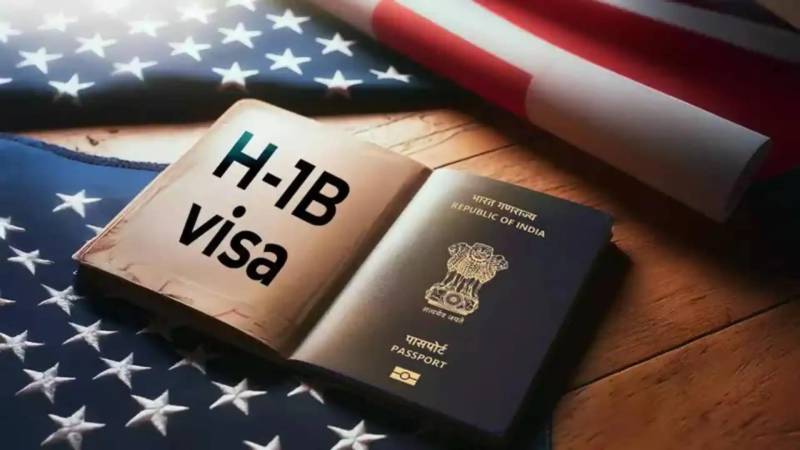The U.S. Citizenship and Immigration Services (USCIS) has started to announce the results of the H-1B visa lottery for the fiscal year 2026, highlighting notable modifications to the process. Among these changes are a substantial rise in registration fees and revisions to the lottery selection method.
Important Updates in the H-1B Lottery Process
The FY 2026 H-1B visa lottery registration period ran from March 7 to March 24, 2025. Employers in the US filed electronic registrations for prospective workers in specialized industries like engineering, technology, and healthcare during this time. The registration price increased by 2050%, from $10 to $215 per beneficiary, making it one of the most visible adjustments this year. By preventing pointless or duplicate applications and helping to cover administrative expenses, this increase should improve process efficiency.
Updated lottery selection process is another major change. In the past, employers can have submitted more than one registration for the same person, which could have given certain applications an unfair advantage. Each person is only eligible to win the lottery once under the new system, regardless of how many employers register them. Through the prevention of fraud and the provision of equal opportunities for selection, this change aims to provide a more equitable and transparent process.
Effects of the Changes on Applicants
The introduction of the new lottery system, which prioritizes beneficiaries, has led to a notable decline in the number of registrations. In fiscal year 2025, USCIS recorded an unprecedented 758,994 registrations, but this figure plummeted to approximately 470,342 for fiscal year 2026, marking a 38.6% drop. Despite this decrease, the competition remains intense, with only about 16.6% of applicants being chosen in the initial round.
If applicants are fortunate enough to be selected, their status will be updated to “Selected” in their USCIS online accounts. Subsequently, employers must submit complete H-1B petitions, along with all required documentation, during the specified filing period. Those who are not selected in the first round will need to wait and see if there are any additional selection rounds later in the year. USCIS may hold multiple rounds if the initial submissions fall short of expectations, so applicants should keep an eye out for any announcements.
Higher Fees and Their Implications
In addition to the higher registration price, USCIS proposes fee increases for other visa categories. An H-1B petition, for example, might now cost $780 instead of $460. Both candidates and employers, especially startups and smaller businesses that depend on foreign talent, are anticipated to experience further financial strain as a result of these increasing costs.
Some immigration experts worry that these rising costs could discourage employers from sponsoring H-1B workers, which could affect industries like tech that depend heavily on skilled foreign labor. However, USCIS justifies the fee hikes as necessary to improve program efficiency, reduce fraud, and safeguard the integrity of the H-1B system.
Verifying the Status of Your H-1B Lottery
By accessing their USCIS online accounts, applicants can verify their lottery status. Submitting an entire H-1B petition with all the supporting documentation is the next step if chosen. The applicant was probably not chosen in this round if there is no change in status after April 1. To prevent losing out on a chance to hire chosen candidates, employers should finish and submit their petitions as soon as possible.
After the first filing period, USCIS may hold additional selection rounds if any visa spots remain unused.
What’s Next for H-1B Applicants?
For those selected, the next step will be to file a strong petition, ensuring all paperwork is accurate and ready for potential requests for additional evidence from USCIS. For those who aren’t selected, other visa options, like the O-1 visa for individuals with extraordinary abilities or the L-1 visa for intracompany transfers, might be worth considering.
Despite the challenges posed by the increased fees and changes to the process, the H-1B visa remains a critical path for skilled professionals looking to work in the U.S. As USCIS continues to refine the system, applicants and employers need to stay informed and adjust to the evolving regulations to improve their chances of success.





